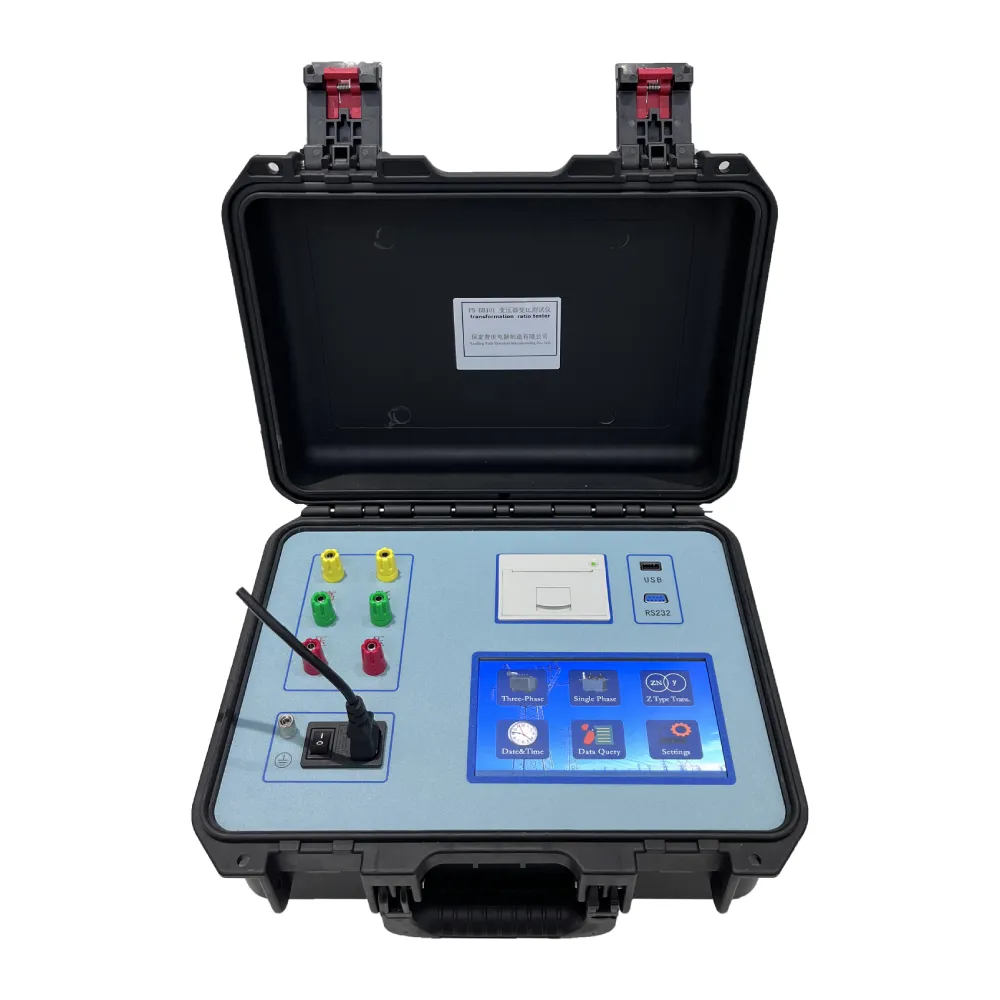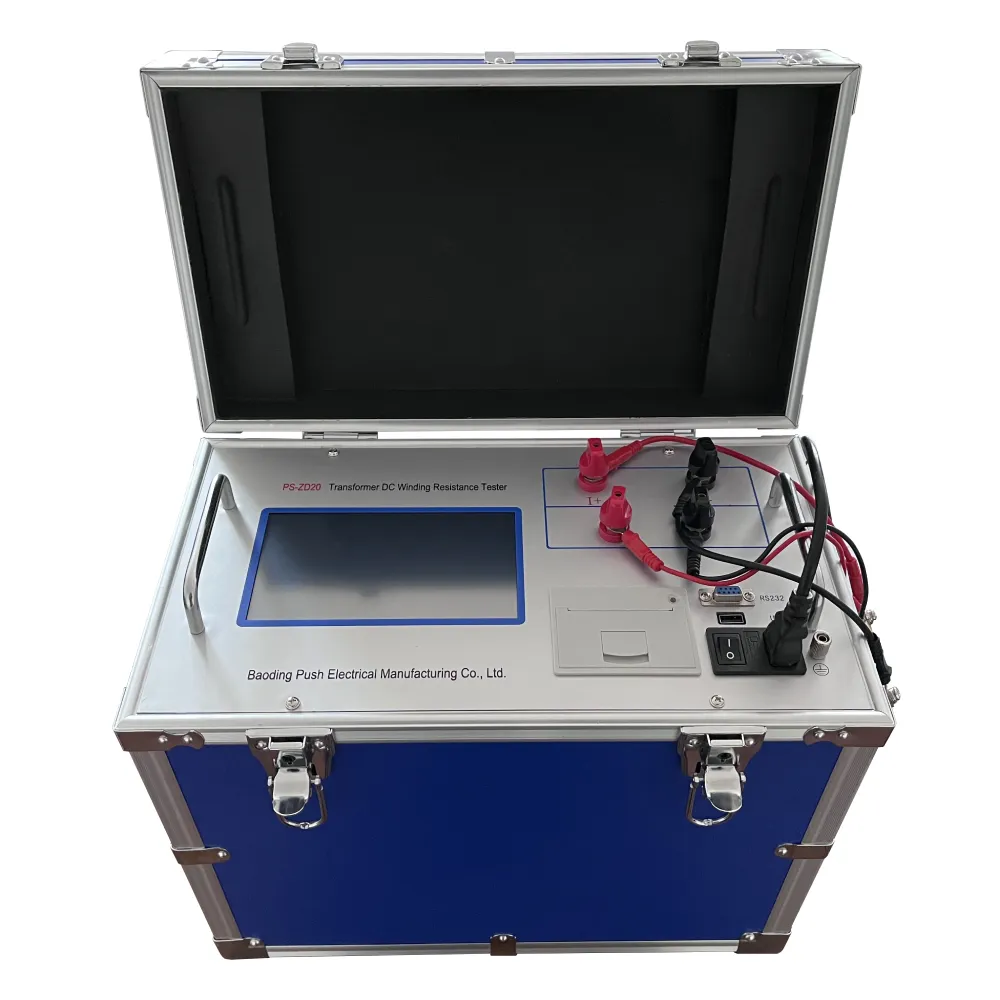TEL:
+86-0312-3189593
 English
English

Telephone:0312-3189593

Email:sales@oil-tester.com

-
 Afrikaans
Afrikaans -
 Albanian
Albanian -
 Amharic
Amharic -
 Arabic
Arabic -
 Armenian
Armenian -
 Azerbaijani
Azerbaijani -
 Basque
Basque -
 Belarusian
Belarusian -
 Bengali
Bengali -
 Bosnian
Bosnian -
 Bulgarian
Bulgarian -
 Catalan
Catalan -
 Cebuano
Cebuano -
 China
China -
 China (Taiwan)
China (Taiwan) -
 Corsican
Corsican -
 Croatian
Croatian -
 Czech
Czech -
 Danish
Danish -
 Dutch
Dutch -
 English
English -
 Esperanto
Esperanto -
 Estonian
Estonian -
 Finnish
Finnish -
 French
French -
 Frisian
Frisian -
 Galician
Galician -
 Georgian
Georgian -
 German
German -
 Greek
Greek -
 Gujarati
Gujarati -
 Haitian Creole
Haitian Creole -
 hausa
hausa -
 hawaiian
hawaiian -
 Hebrew
Hebrew -
 Hindi
Hindi -
 Miao
Miao -
 Hungarian
Hungarian -
 Icelandic
Icelandic -
 igbo
igbo -
 Indonesian
Indonesian -
 irish
irish -
 Italian
Italian -
 Japanese
Japanese -
 Javanese
Javanese -
 Kannada
Kannada -
 kazakh
kazakh -
 Khmer
Khmer -
 Rwandese
Rwandese -
 Korean
Korean -
 Kurdish
Kurdish -
 Kyrgyz
Kyrgyz -
 Lao
Lao -
 Latin
Latin -
 Latvian
Latvian -
 Lithuanian
Lithuanian -
 Luxembourgish
Luxembourgish -
 Macedonian
Macedonian -
 Malgashi
Malgashi -
 Malay
Malay -
 Malayalam
Malayalam -
 Maltese
Maltese -
 Maori
Maori -
 Marathi
Marathi -
 Mongolian
Mongolian -
 Myanmar
Myanmar -
 Nepali
Nepali -
 Norwegian
Norwegian -
 Norwegian
Norwegian -
 Occitan
Occitan -
 Pashto
Pashto -
 Persian
Persian -
 Polish
Polish -
 Portuguese
Portuguese -
 Punjabi
Punjabi -
 Romanian
Romanian -
 Russian
Russian -
 Samoan
Samoan -
 Scottish Gaelic
Scottish Gaelic -
 Serbian
Serbian -
 Sesotho
Sesotho -
 Shona
Shona -
 Sindhi
Sindhi -
 Sinhala
Sinhala -
 Slovak
Slovak -
 Slovenian
Slovenian -
 Somali
Somali -
 Spanish
Spanish -
 Sundanese
Sundanese -
 Swahili
Swahili -
 Swedish
Swedish -
 Tagalog
Tagalog -
 Tajik
Tajik -
 Tamil
Tamil -
 Tatar
Tatar -
 Telugu
Telugu -
 Thai
Thai -
 Turkish
Turkish -
 Turkmen
Turkmen -
 Ukrainian
Ukrainian -
 Urdu
Urdu -
 Uighur
Uighur -
 Uzbek
Uzbek -
 Vietnamese
Vietnamese -
 Welsh
Welsh -
 Bantu
Bantu -
 Yiddish
Yiddish -
 Yoruba
Yoruba -
 Zulu
Zulu
פבר . 13, 2025 17:03
Back to list
PUSH electric astm d92 open cup flash point tester Silicon nitride ignition head
Testing a 24-volt transformer is a crucial step in ensuring the safety and efficiency of electrical systems that rely on this integral component. Experience, expertise, authoritativeness, and trustworthiness are paramount when dealing with transformers, especially those used in critical applications such as industrial equipment or renewable energy systems.
For those in possession of more advanced equipment, the use of an oscilloscope can further guarantee the transformer's performance. By assessing waveform characteristics, one can determine the fidelity of voltage transformation and detect issues such as harmonic distortion or noise, which could affect sensitive electronic circuits. Lastly, consider environmental factors and operational conditions. Ambient temperature, load requirements, and installation environment can impact the transformer's performance. Expertise dictates that simulating these conditions during testing can provide insights into the transformer's real-world performance, enhancing reliability and extending lifespan. Practicing regular testing routines, informed by a wealth of experience, ensures that any deviations from expected performance can be swiftly identified and rectified. This not only maximizes the transformer's efficiency but also solidifies its role in maintaining a stable and safe electrical system. In summary, thorough testing of a 24-volt transformer involves a blend of visual inspection, precise electrical measurements, and environmental consideration. Combining these practices with foundational knowledge and industry standards cultivates trust in the equipment, ensuring it meets the high expectations set for modern electrical systems. A reliable transformer is not merely a component; it is a keystone of efficient and secure energy management.


For those in possession of more advanced equipment, the use of an oscilloscope can further guarantee the transformer's performance. By assessing waveform characteristics, one can determine the fidelity of voltage transformation and detect issues such as harmonic distortion or noise, which could affect sensitive electronic circuits. Lastly, consider environmental factors and operational conditions. Ambient temperature, load requirements, and installation environment can impact the transformer's performance. Expertise dictates that simulating these conditions during testing can provide insights into the transformer's real-world performance, enhancing reliability and extending lifespan. Practicing regular testing routines, informed by a wealth of experience, ensures that any deviations from expected performance can be swiftly identified and rectified. This not only maximizes the transformer's efficiency but also solidifies its role in maintaining a stable and safe electrical system. In summary, thorough testing of a 24-volt transformer involves a blend of visual inspection, precise electrical measurements, and environmental consideration. Combining these practices with foundational knowledge and industry standards cultivates trust in the equipment, ensuring it meets the high expectations set for modern electrical systems. A reliable transformer is not merely a component; it is a keystone of efficient and secure energy management.
Next:
Latest news
-
Testing Equipment Industry Sees Major Advancements in 2025: Smart & Precision Technologies Lead the WayNewsJun.06,2025
-
Applications of Direct Current Generators in Renewable Energy SystemsNewsJun.05,2025
-
Hipot Tester Calibration and Accuracy GuidelinesNewsJun.05,2025
-
Digital Circuit Breaker Analyzer Features and BenefitsNewsJun.05,2025
-
Benefits of Real-Time Power Quality Monitoring Devices for Industrial EfficiencyNewsJun.05,2025
-
Earth Fault Loop Testing in High-Rise Building Electrical SystemsNewsJun.05,2025



